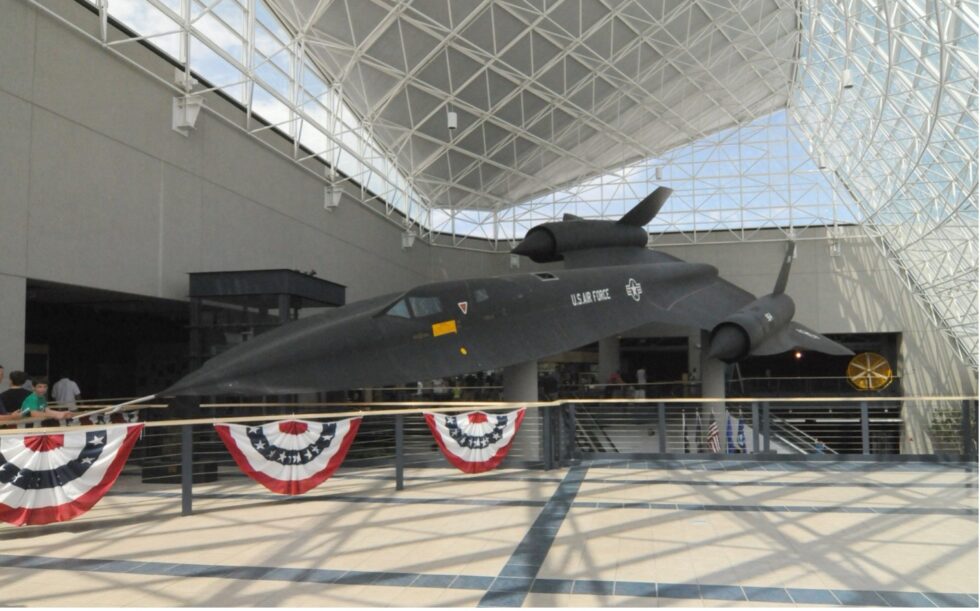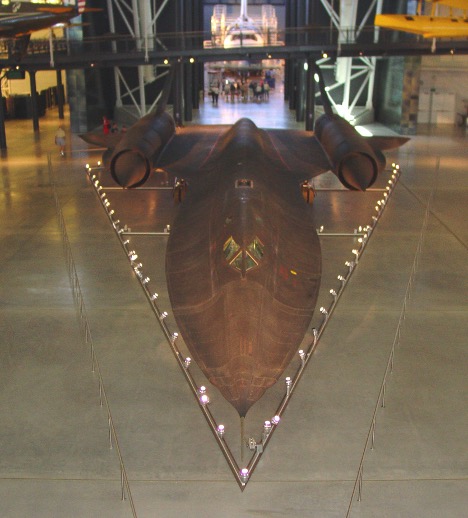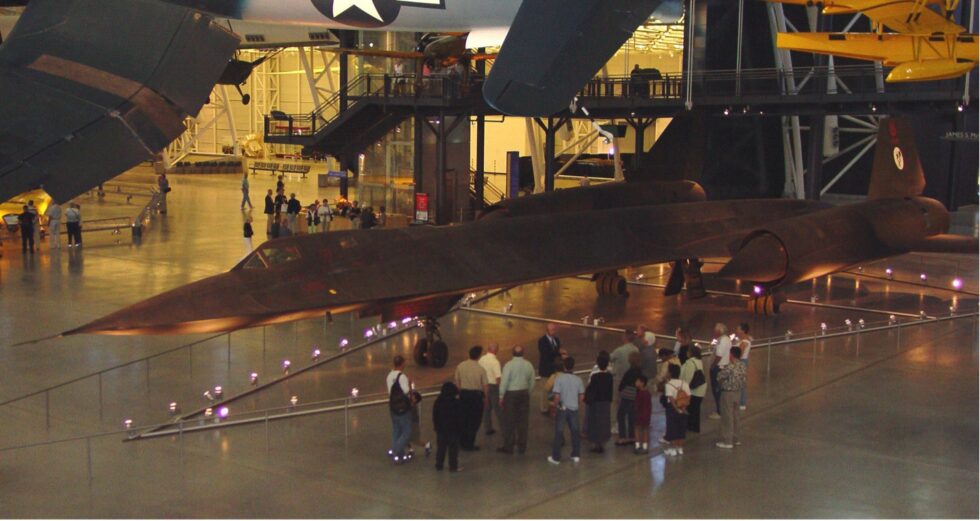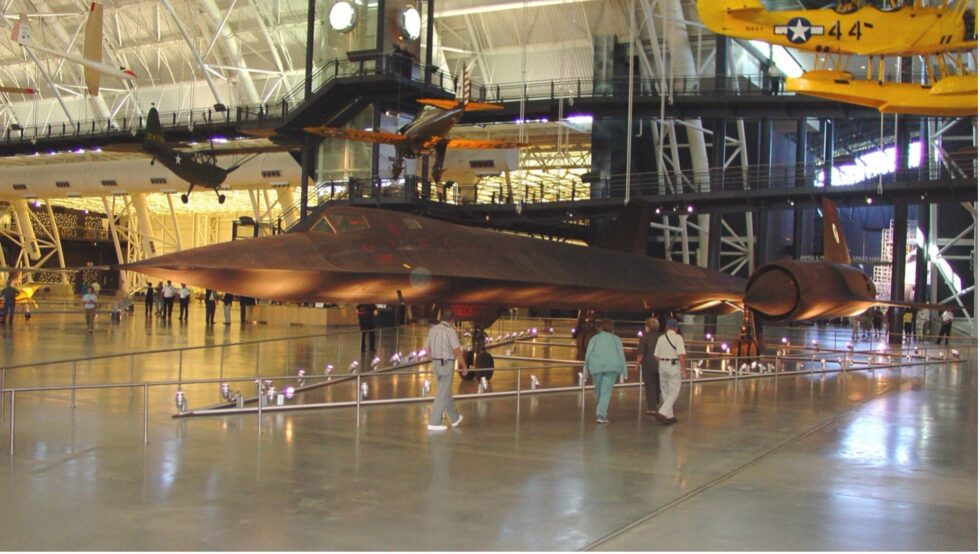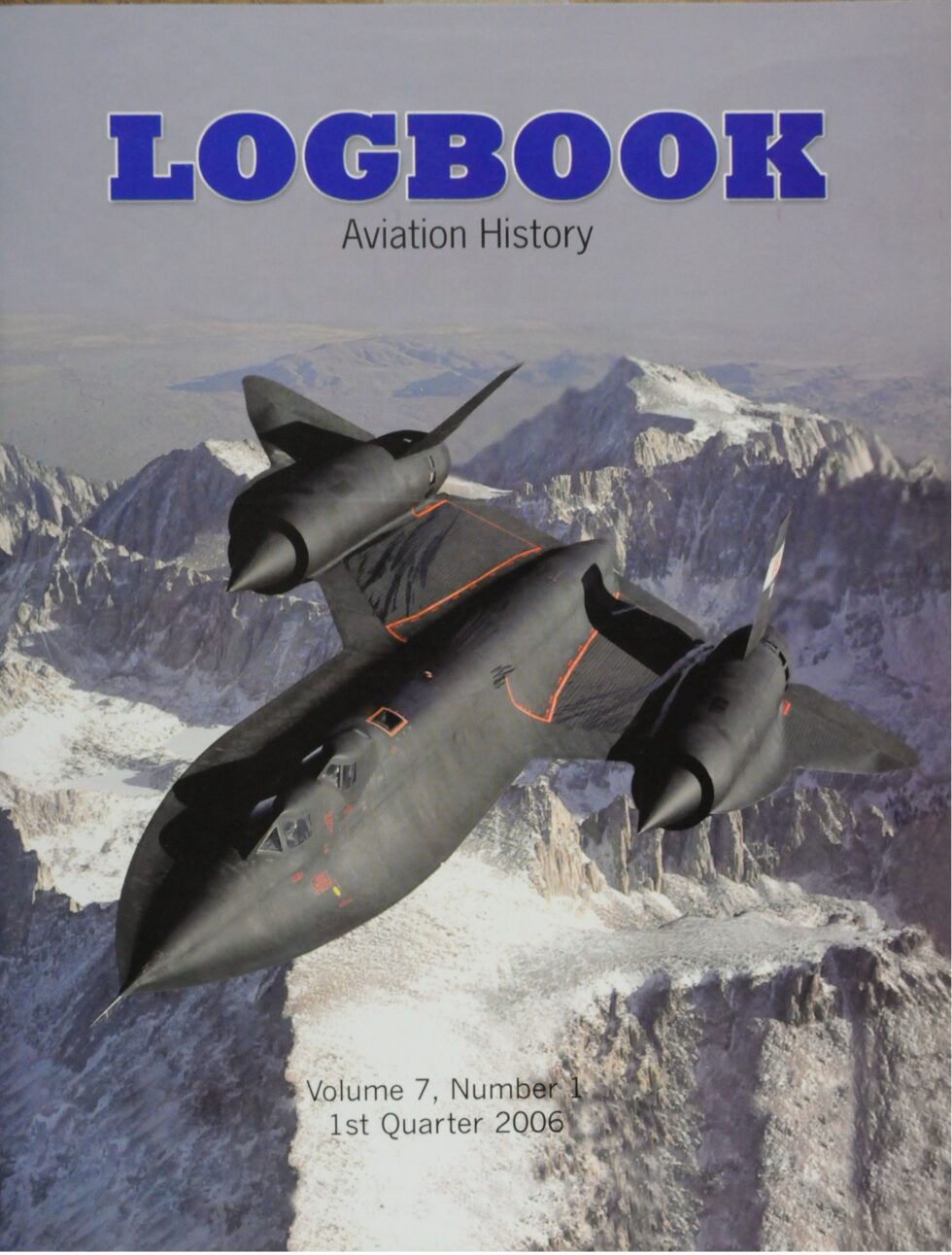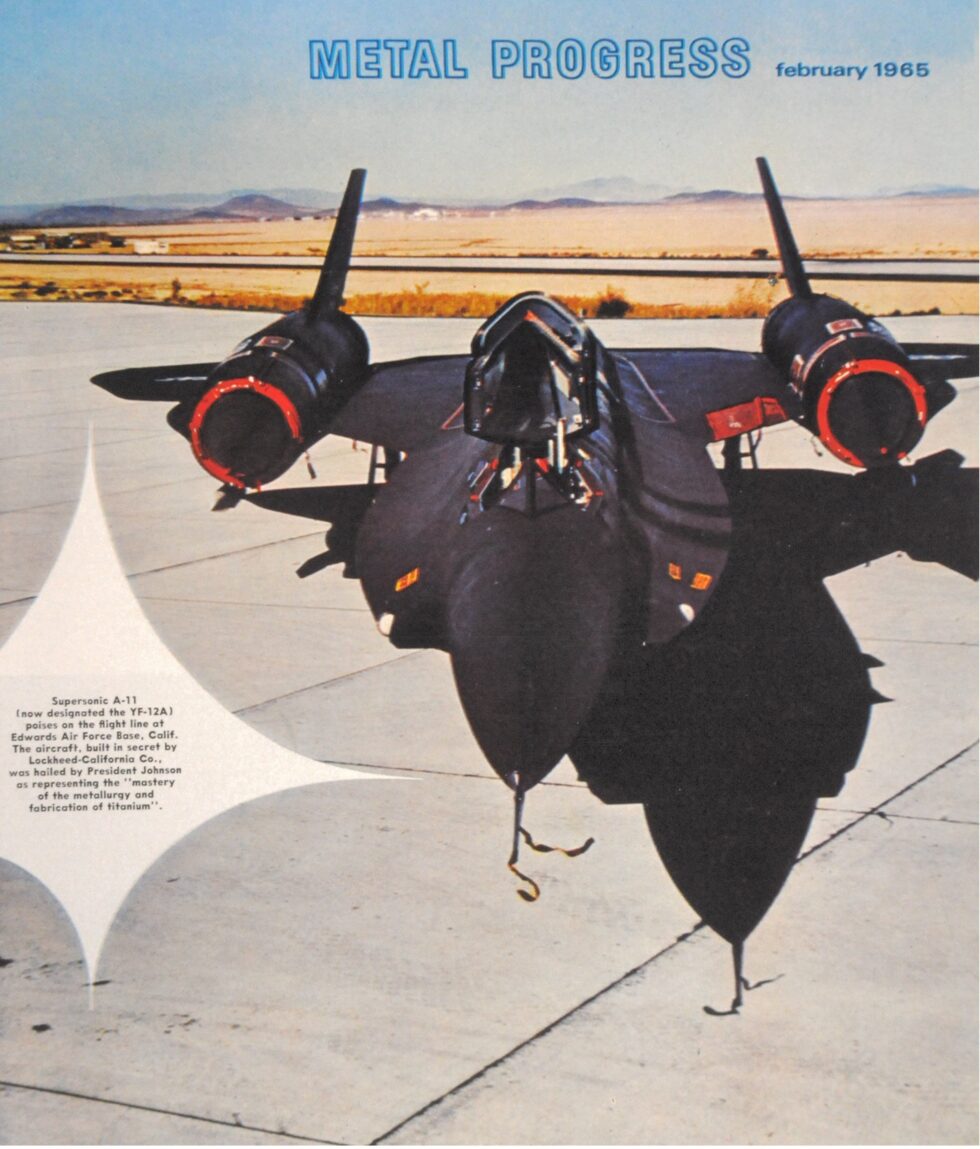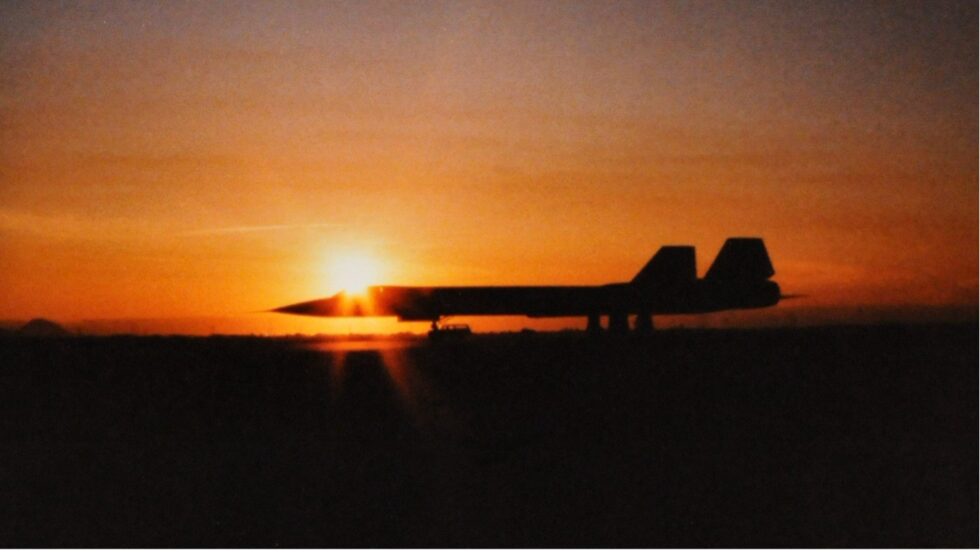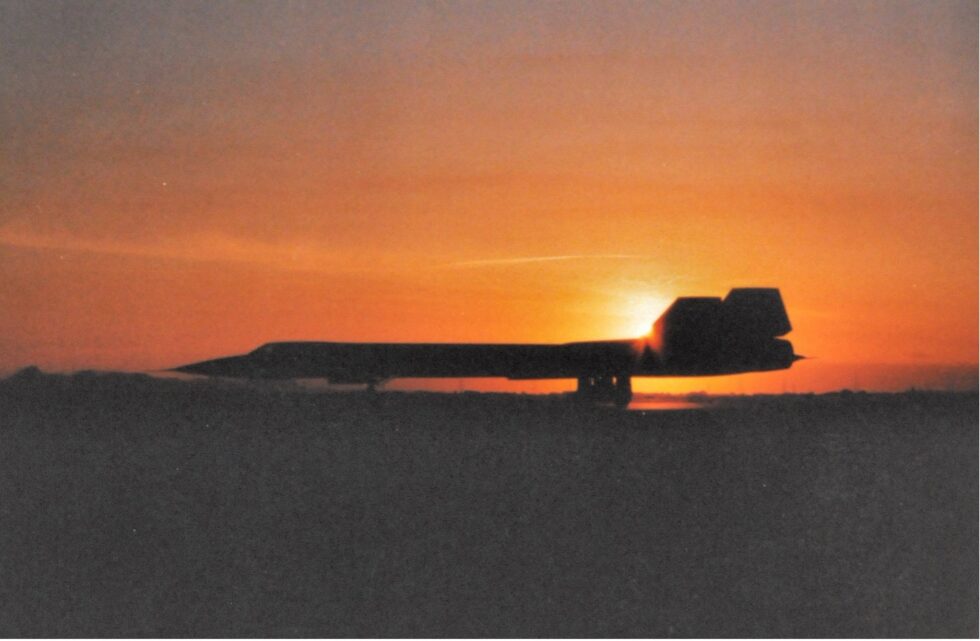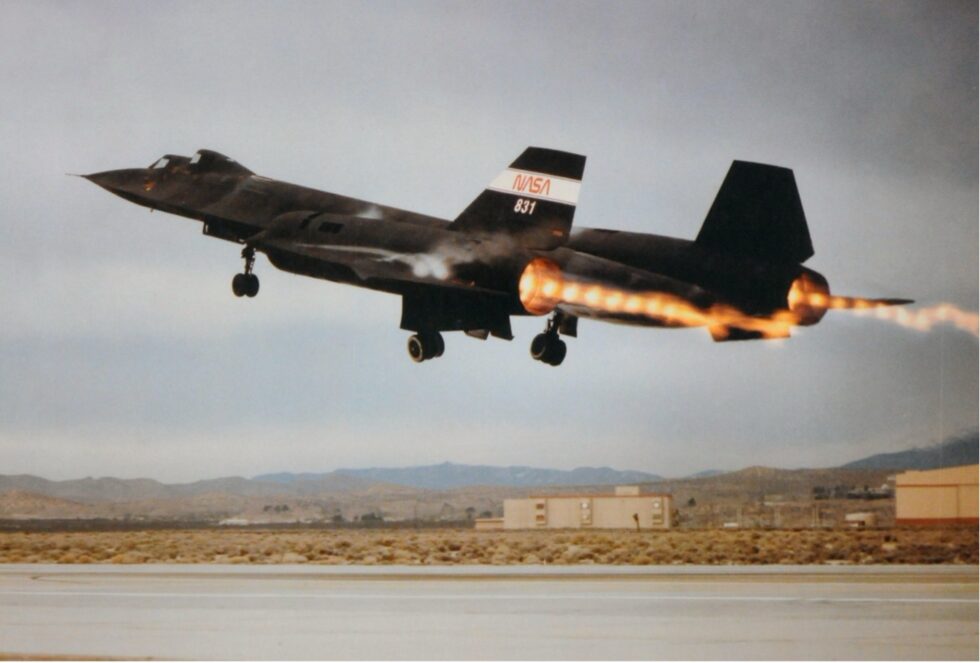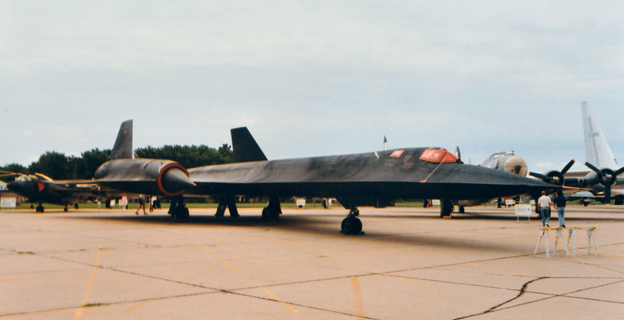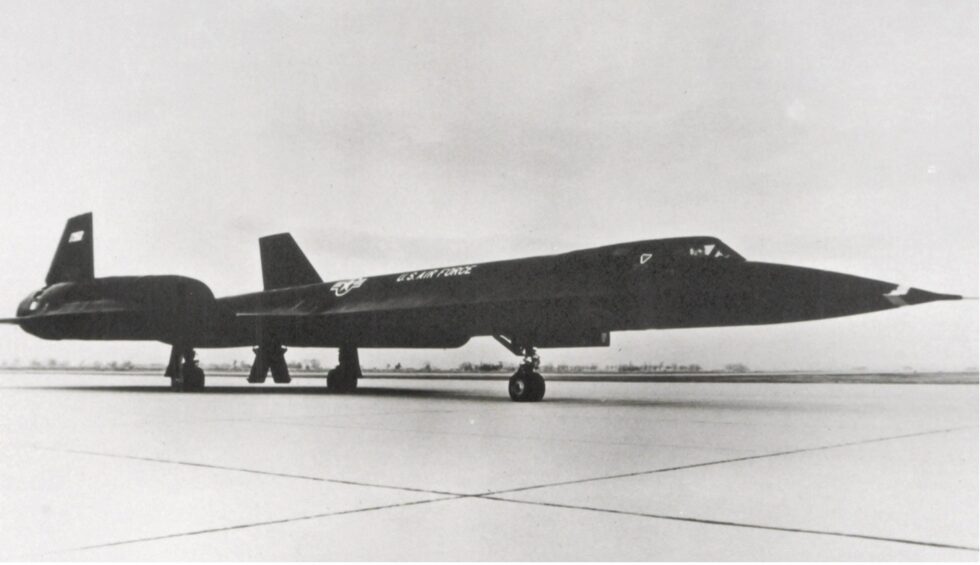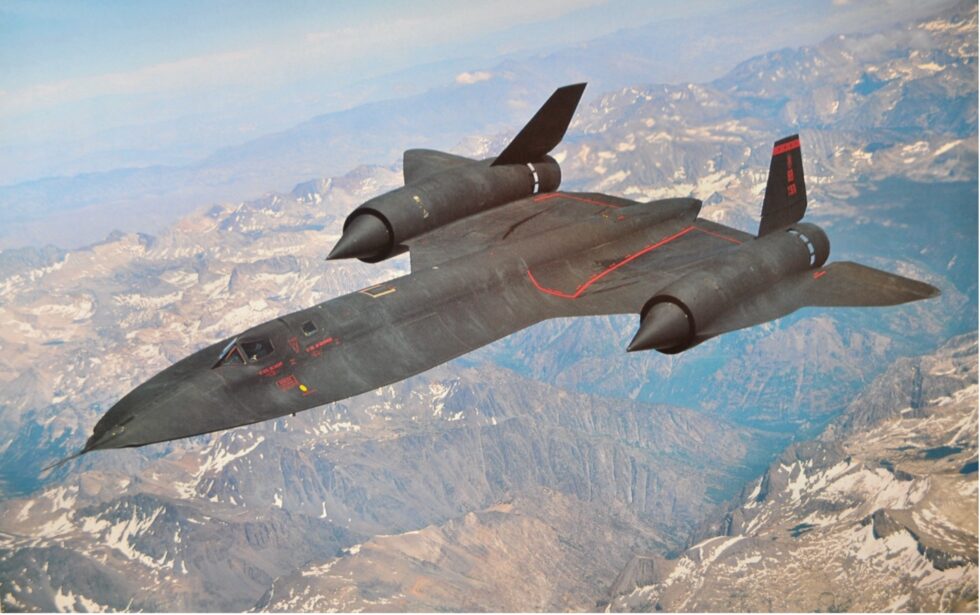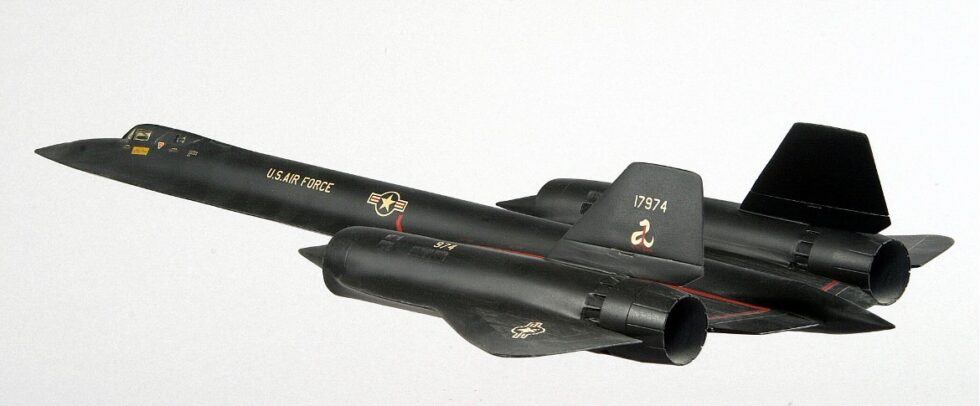U.S. Air Force Lockheed SR-71A Blackbird
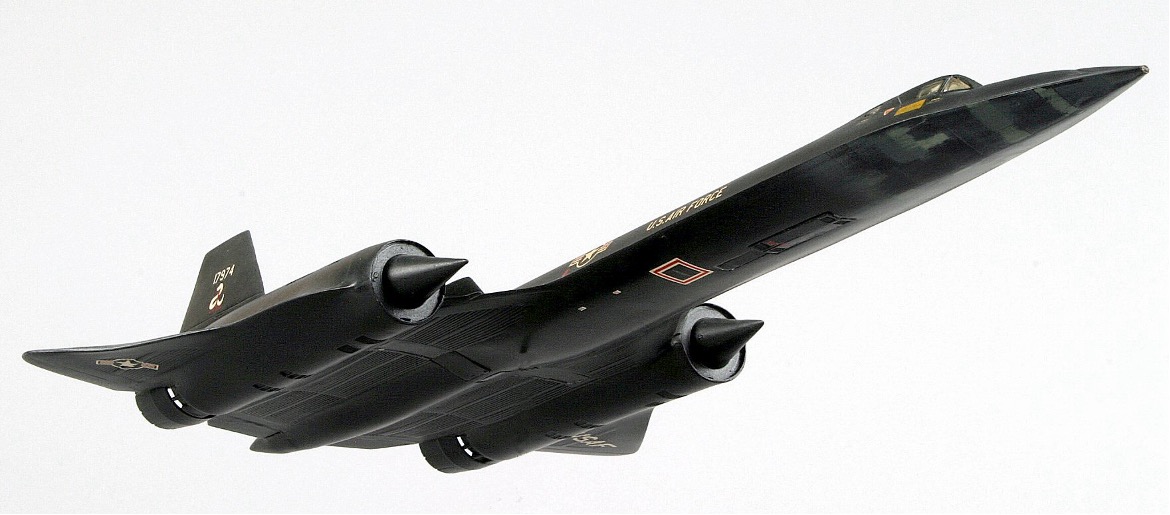
MODEL BY:
M. Fields
Model Scale:
1/72
MODEL ADDED:
09/18/1967
historical significance
First Albuquerque Visit: 1966
Additional Information:
The Lockheed SR-71 “Blackbird” or “Habu” is a retired long-range, high-altitude, Mach 3+ strategic reconnaissance aircraft developed and manufactured by the American aerospace company Lockheed Corporation. The SR-71 was developed as a black project from the Lockheed A-12 reconnaissance aircraft during the 1960s by the Lockheed’s Skunk Works division. American aerospace engineer Clarence “Kelly” Johnson was responsible for many of the aircraft’s innovative concepts. The shape of the SR-71 was based on that of the Lockheed A-12, which was one of the first aircraft to be designed with a reduced radar cross-section.
The SR-71 was longer and heavier than the A-12 which allowed it to hold more fuel as well as having a two-seat cockpit. The existence of the SR-71 was revealed to the public in July of 1964 and the aircraft entered service in the United States Air Force (USAF) in January of 1966. The SR-71 was designed for over Mach 3 flight with a flight crew of two in tandem cockpits. The pilot sat in the forward cockpit and the reconnaissance systems officer (RSO) operated the surveillance systems and equipment from the rear cockpit along with directing navigation on the mission flight path. The SR-71 was designed to minimize its radar cross-section in an early attempt at stealth aircraft design. The finished aircraft were painted a dark blue which appeared almost black which was used to increase the emission of internal heat and to act as camouflage against the night sky. The dark color led to the aircraft’s primary nickname of “Blackbird”.
The first flight of an SR-71 took place on December 22, 1964 and the first SR-71 to enter service was delivered to the 4200th Strategic Reconnaissance Wing at Beale Air Force Base, California, in January of 1966. In 1989, as a result of political pressure, the USAF retired the SR-71 before several were briefly reactivated during the 1990s before their second and final retirement in 1998. NASA became the final operator of the Blackbird by using it as a research platform until that aircraft was retired in 1999.
No Lockheed SR-71’s were assigned to Kirtland Air Force Base in Albuquerque but New Mexico proved to be a final flight destination during and after the development of the aircraft as two SR-71’s crashed within the State. The first crash took place on January 25, 1966 when the SR-71A, 61-7952, suffered an inflight breakup while flying at Mach 3 near Tucumcari, New Mexico. The crew consisted of Lockheed test pilots and the pilot of the aircraft, Bill Weaver, survived the accident while the RSO Jim Zwayer died in the crash
The nature of all flights with the SR-71 were classified but a March 16, 1967 issue of the Kirtland AFB weekly newspaper, the “Nucleus”, stated in an article that the SR-71 would be having a 80,000 foot plus altitude training flight over the State of New Mexico. The flight path would take the aircraft from Beale AFB, California to a midpoint between Albuquerque and Santa Fe and on to the next midpoint between Clovis and Hobbs, and then into Texas before heading home.On April 13, 1967, an SR-71A, 61-7966 was lost when it stalled after refueling and crashed near Las Vegas New Mexico. Both crew members, Pilot Capt. Earl Boone and the RSO, Capt. Richard Sheffield were able to bail out and both survived the crash.
After the SR-71 was retired from service, several aircraft were put on display in museums around the country. Photos below show an SR-71 on display at the Strategic Air Museum near Omaha, Nebraska.
GALLERY:
SEARCH OUR DATABASE:

